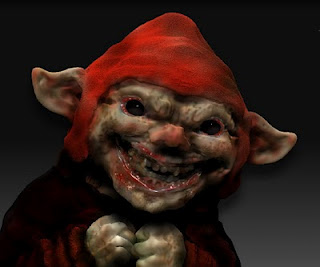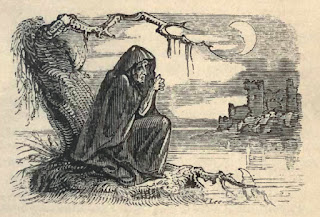From Where the Dwarfs Came

Dwarfs are a very well known creature that often features in folktales and legends. They are still a very popular character to use in fiction particularly fantasy fiction such as The Lord of the Rings . They are very small creatures no more than two feet tall and often described as ugly with long pointy ears and bulbous noses. Dwarfs are believed to have originated from Germanic, Norse and English folklore. They lived in secluded mountainous regions and are commonly associated with the element of earth due to their love of mining for treasure, metal craft and forging. The most interesting folklore surrounding dwarfs comes from Norse mythology where they were first recorded in the 13th century which spoke about dwarfs being responsible for the forging of Thor's hammer and the spear of Odin. In Norse mythology Dwarfs are depicted as being pitch black creatures and their ancestral home was Svartalfheim, an underground network of mines. About the Author S....






